If you're new here, you may want to subscribe to my RSS feed. Thanks for visiting!
By the author of The Faithful Prepper and The Prepper’s Guide to Post-Disaster Communications.
We’ve been talking a lot about the threat of nuclear war lately. Now, let’s take a closer look at some of the second and third order effects of that. An electromagnetic pulse always accompanies a nuclear strike. What should happen to you if that EMP hits while you’re miles from home – just you and the kids?
How are you going to make it back home with littles by your side?
I wanted to take the time today to show you a load out you may want to consider. I think it’s a feasible and cost-effective solution that just about any parent could accommodate – a child carrier.
How much gear can you carry in a child carrier?
I picked up one of these Deuter carriers from a random guy, and I can’t find the exact model available on Amazon, but it’s very similar to this one here. I don’t think sticking to the roads is safe post-collapse (which is what post-EMP is), so backpacking it is. You can’t carry the kid for miles either. A kid carrier is really the only way to go that also lets you carry at least some gear with you.
Mesh pouches
All I was really able to stuff in the two upper mesh pouches were a sippy cup and a water bottle. It had to be a little water bottle too. Larger ones wouldn’t stay put. I think a roll up Platypus would’ve worked a lot better, but I worked with what I had.
Really, though, I think I would have gotten better results by using a carabiner for a bigger water bottle. Your water is too important to lose.
(Need more info on emergency evacuations? Check out our free QUICKSTART Guide.)
Pull out pouch
The main thing about this pouch is that the tighter you pack it, the less you can fit in the zipper pouch below. I managed to stuff in half a bag of wipes and a rain poncho. Regardless of what anybody tells you, you’re not getting anybody clean by wiping their butt with leaves. If you have a little in diapers, you need to pack wipes for the long walk home (TLWH).
Upper zipper pouch
I really couldn’t pack very much in here. I managed a fatwood fire starter stick and a pack of paracord. I probably could’ve packed 1-2 other small items in there as well if I’d tried.
Lower zipper pouch
This is where the bulk of your goods are going to be able to pack. I liked the design of this particular child carrier too. Weight distribution with a pack matters, and you want to keep heavy items low and close to your back. There are some child carriers out there that have a large “goods” pouch up high behind the kid’s head. Talk about torque.
The Deuter does a pretty good job here.
I managed to shove in a tarp I’ve really been enjoying of late, three diapers, a change of clothes, a fire striker, a Sawyer Mini pack, an Altoids tin first aid kit, and an Altoids tin survival kit. It’s hard to tell from the picture, but that Walmart bag under the diapers is filled with food. Not a lot, mind you, but enough to get a little through most of a day.
Food-wise, I probably would have had better luck just shoving an MRE in there. That would have been more calories than the hodge-podge mess I shoved in and been more filling.
The side pocket
There’s only one of these, and I completely forgot about it until it was too late. I could’ve shoved in a few pacifiers and maybe an apple sauce pouch here, but that’s about it.
(Want uninterrupted access to The Organic Prepper? Check out our paid-subscription newsletter.)
My child carrier philosophy
I would assume in TLWH you would have your EDC gear on you already. It’s for this reason you don’t see any knives, flashlights, or any other EDC gear. While a tent would be superior protection from the elements at night with a little, you don’t have the room in a child carrier. A tarp has to do. Yeah, you could rig up a poncho shelter, but I like the idea of a bigger tarp for greater protection from the elements when a kid’s involved.
I should’ve thrown in an emergency mylar sleeping bag. I was trying to pack this kit quick and forgot about it as a result. I suppose there’s a lesson to be gleaned from that. If you’re going to forget essentials during relative peace, imagine what you could forget when you’re 60 miles from home on the interstate when everybody’s car quits working.
If you’re strong enough, you could carry a duffel bag full of kit as well. You’d be talking about hiking out with a 50+ pound load, though. Is that something you can physically handle?
There’s not really any room for any type of cooking kit. You’re going to have to eat foods that are ready to go already. This is why an MRE would be perfect here.
I think I could’ve shoved in two more diapers. You can never have enough diapers.
If your child carrier doesn’t have a hip belt and chest strap, it’s worthless. You will be absolutely miserable.
Lastly, I think I could have easily bungeed down a wool blanket to the top. The weight added would be negligible, but it would be an extra layer of protection for the baby/kid.
This is the best means of getting kids home during TLWH that I can think of.
What about you, though? Are there other tools to consider that I didn’t list above? Help out your fellow American: give your advice below in the comments section. We want to know what you’re thinking.
About Aden
Aden Tate is a regular contributor to TheOrganicPrepper.com and TheFrugalite.com. Aden runs a micro-farm where he raises dairy goats, a pig, honeybees, meat chickens, laying chickens, tomatoes, mushrooms, and greens. Aden has three published books, The Faithful Prepper, The Prepper’s Guide to Post-Disaster Communications, and Zombie Choices. You can find his podcast The Last American on Preppers’ Broadcasting Network.

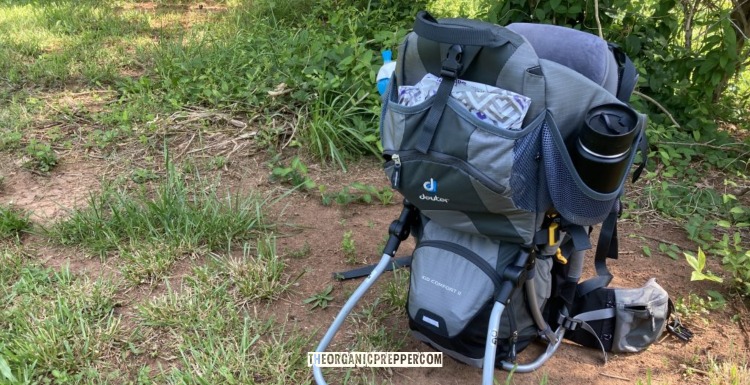
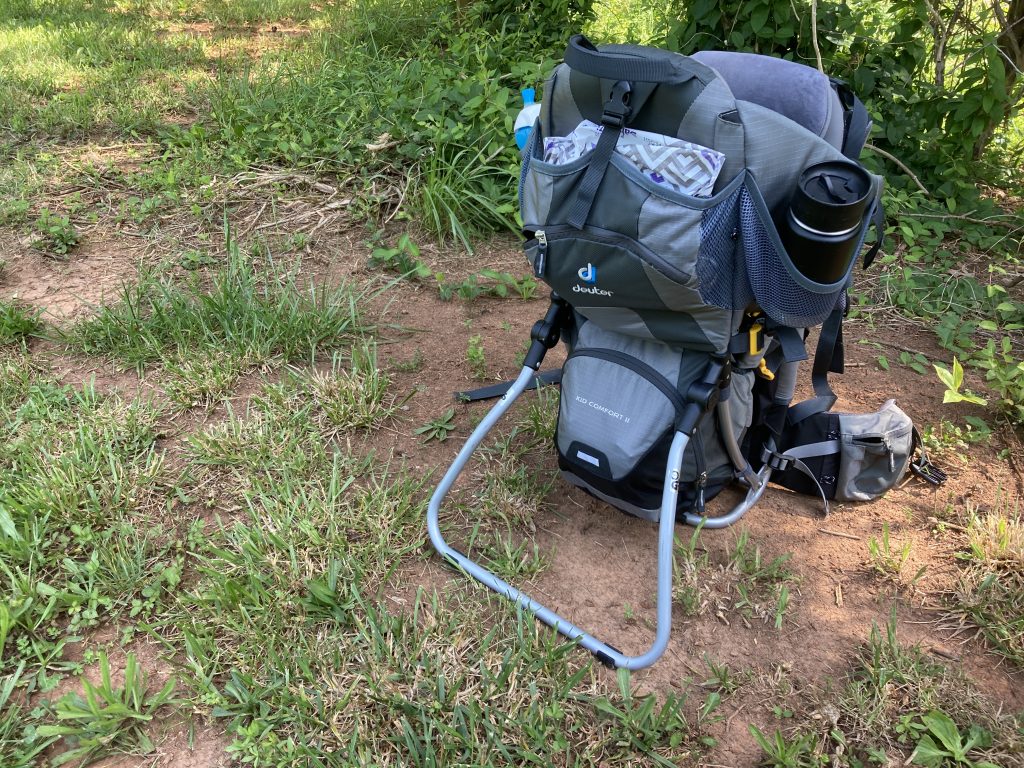
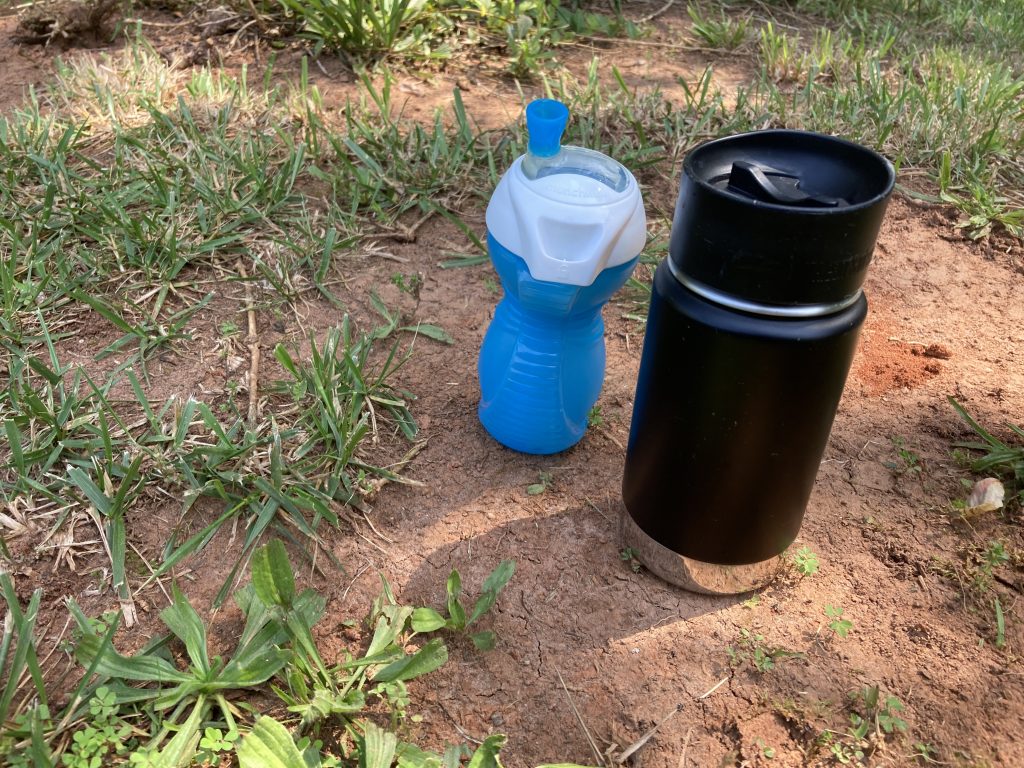
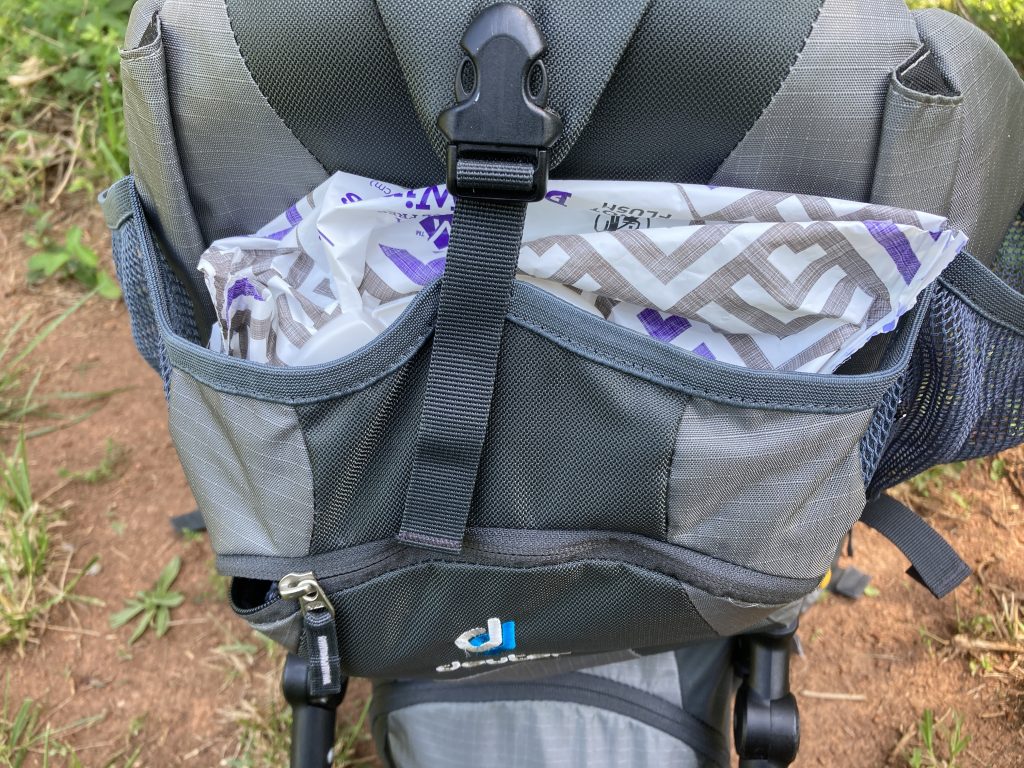
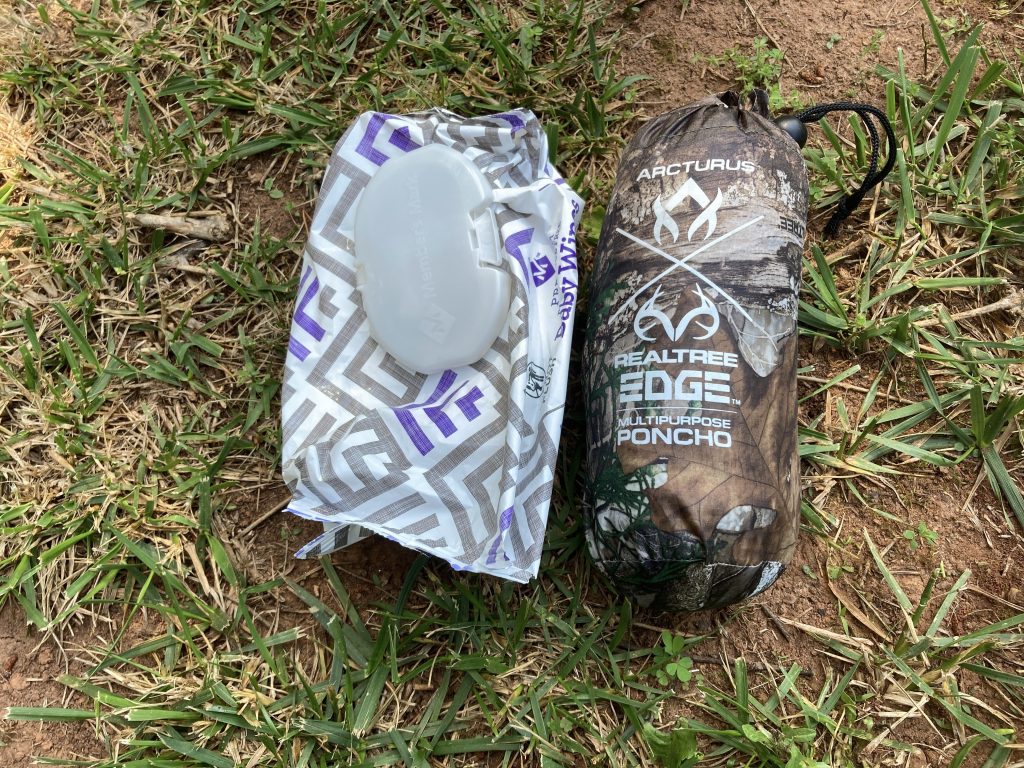
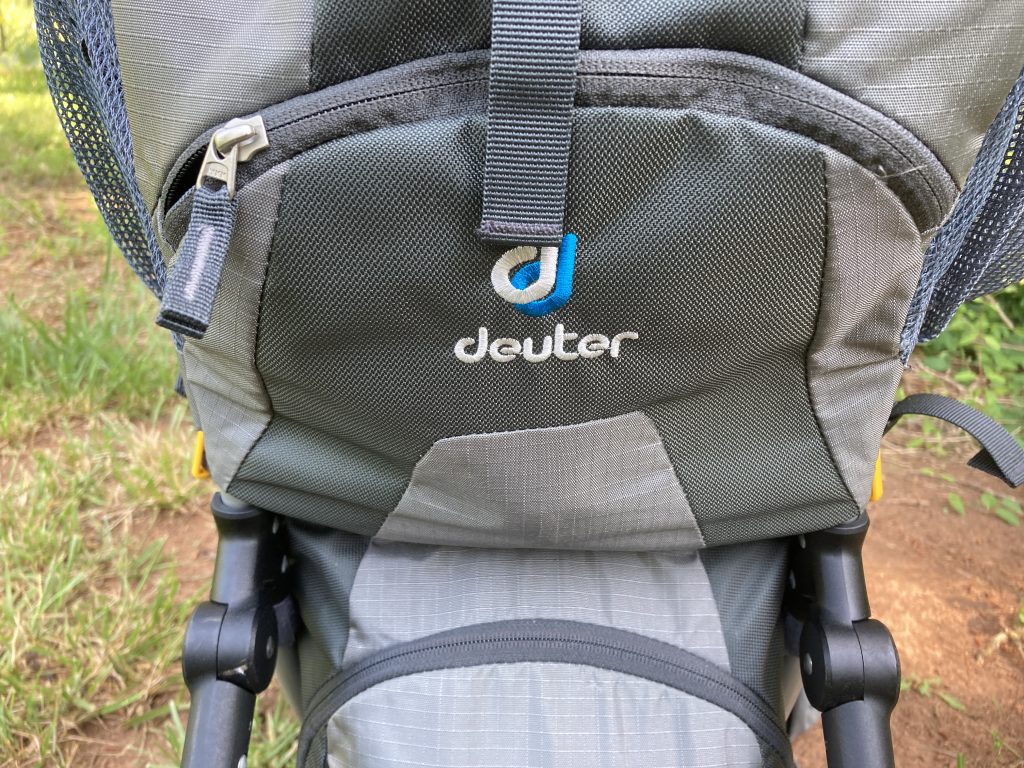
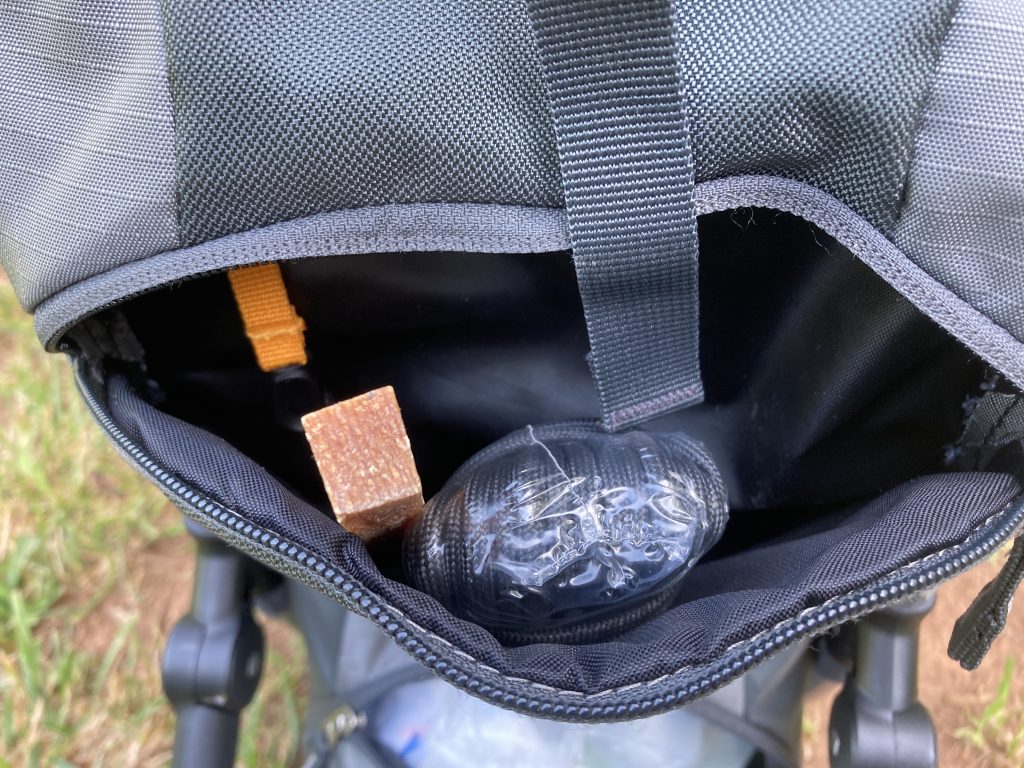
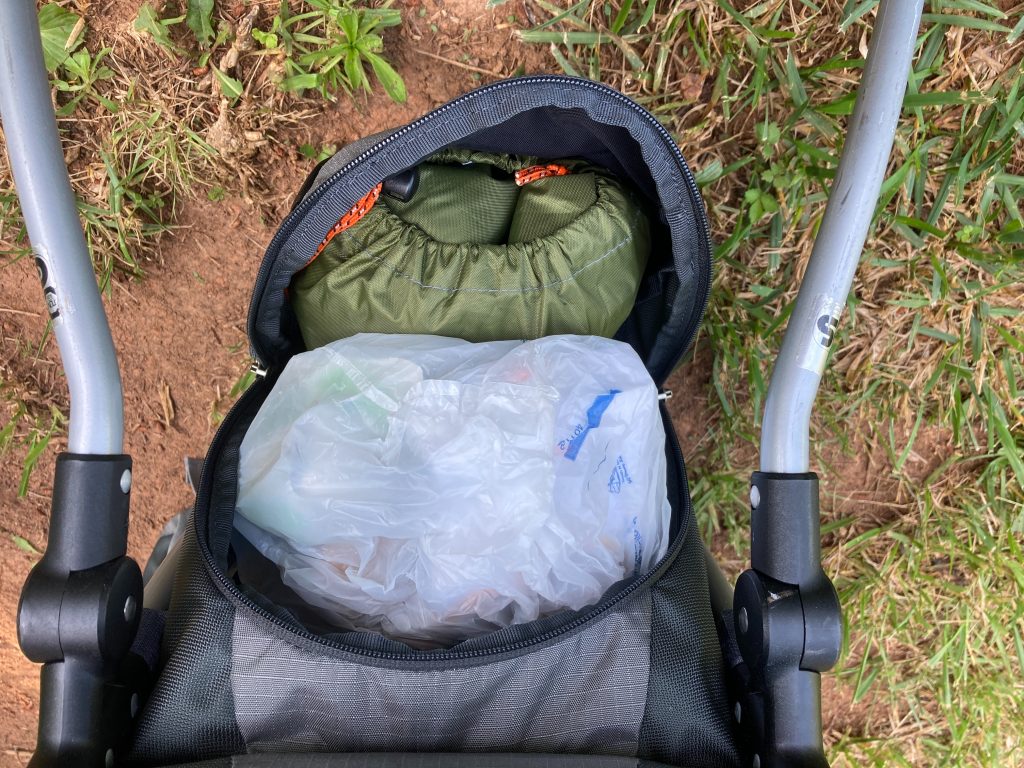
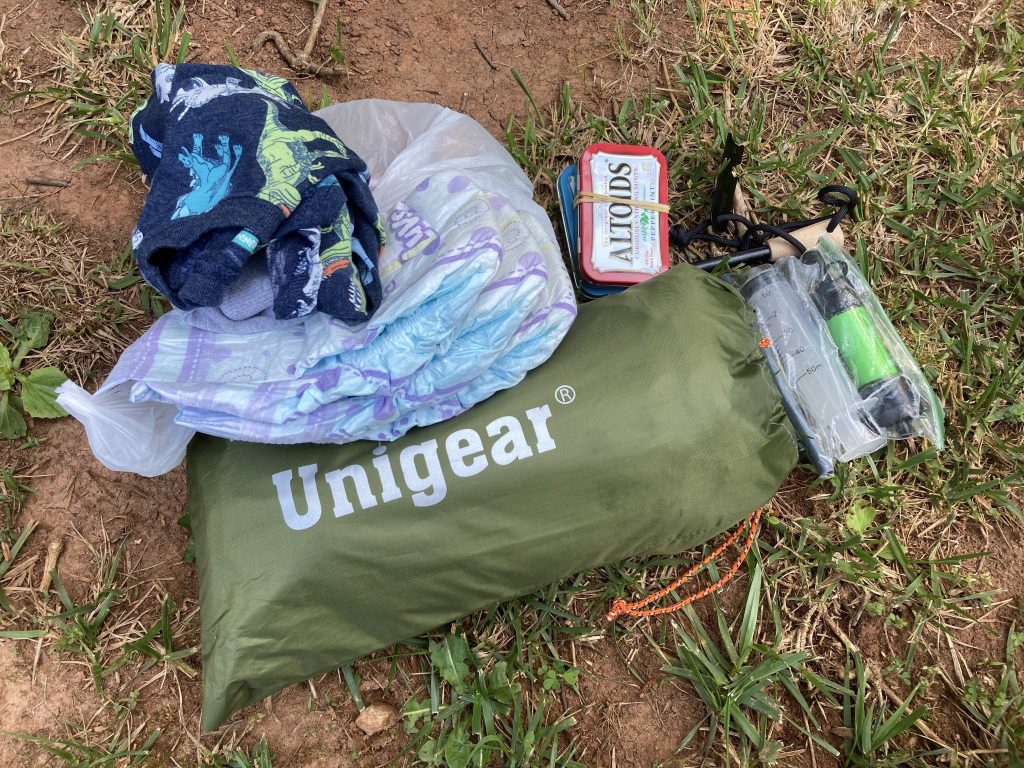
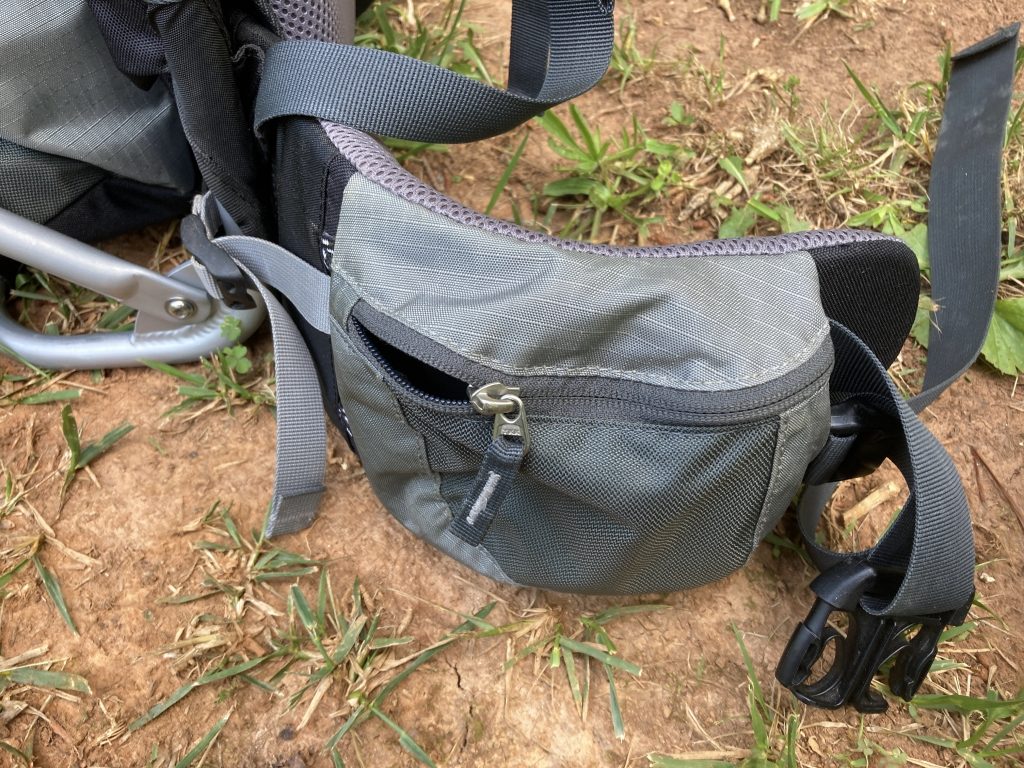
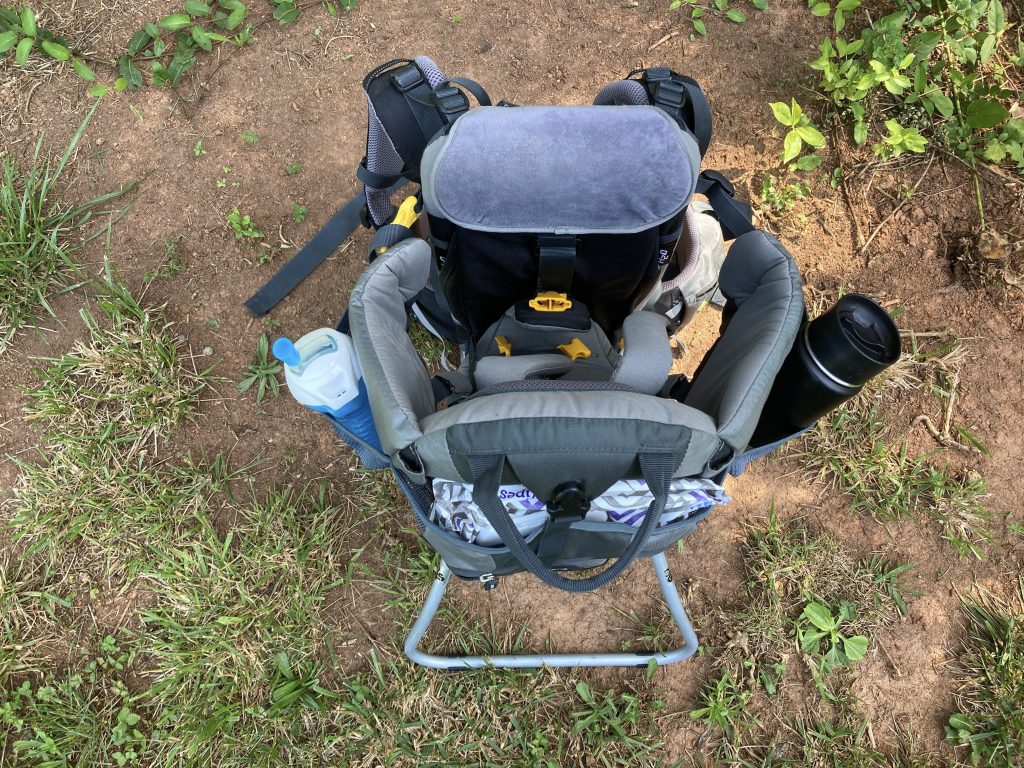














One thing I’ll disagree on, is packing heavy items close and low. Lightest items go on the bottom. Heaviest items are packed close to the body, but in the middle of the pack. Medium weight goes on top. Packing the heaviest items low, throws your balance out as it forces your spine to lean backwards. The opposite when heavy items are packed high, it forces you to lean forward to compensate for the weight.
Think of your back and the pack as a teeter totter. Weight too low, the top of the pack leans away backwards. Weight too high, the top of the pack leans forward. Keeping the weight in the middle, and neither the top or bottom leans away from the vertical.
50 years of backpacking Colorado’s Rainbow Trail, is a great preprep experience on living out of a backpack.
I would think that a long long walk one would be better off with a foldable baby stroller and a big diaper bag. I have no kids now to worry about, just me but in order NOT to be bogged down with weight a baby stroller would be a great thing to have. I mean after all it will roll…And even if you have no baby it will hold whatever without having all of that load on your back for hours at a time…It’s just a thought…I told my friend that and she just looked at me and said WOW, GENIUS. I assume b/c it’s something they had not thought about. So two heads are always better than one, and it’s better to be safe than sorry !!! A nuclear war coupled with an EMP, WOW, that is like hell on earth and NOT a thought I want to entertain !!!
Agreed. Wheels are our friends. Kiddos already know the routine with strollers to carry baby gear Not too out of the ordinary. Mini-go bags for older ones with change of unders, socks, dark sweats, wind-breaker/cheapo poncho and yummy kid bars. Quart of water each. Fanny packs can be had cheap at thrift stores cuz they’re out of style. Kids are pretty sturdy if they are told the truth. Child training really pays off in these kinds of tough situations. Worth the effort. Calm children are a blessing. So are calm parents.
The best Idea for a “get home” outfit is as minimal as possible.
But unlike some, I do not advocate thinking you can pick stuff up at the dollar store or other places, after an event starts.( You can go there ahead of time to get most of the items for you kit.) Those places should be avoided after the event starts.
All you really need is a good set of clothing to change into, good shoes and socks for walking and some basic survival gear. As for the little ones hopefully they can walk also. This will keep you from being a target. To much gear could make you seen as an easy target, especially with little ones in tow.
On the basic gear: a disposable lighter(a Dakota pit fire for heat), a cheap rain poncho or two, some cordage, maybe a “space” type blanket or two(for shelter), a small flashlight, a small knife or cutting tool, some high energy food , at least one 750 ml bottle of water, maybe a local map, a small first aid kit and something to carry the basics in, maybe a fanny pack or small knapsack.
Knowing and having the skills in how to use these items is priceless. Your level of survival skill may change the items you carry.
This should be enough to help you survive a up to a day or two, until you get home.
After watching Ukraine evac with cars stacking up, I put my folding wagon in the car. Also made “elvan lemba bread”. (They say has a shelf life over a decade) Son in law has a piece we try each year. It is close to 8 years old and still tastes good. Vac sealed bread is pretty small and way tastier than hard tack.
Does the weight in a pack depend on back health and center of gravity as well? I am curious.
Before I got my own home gym equipment I used to see this guy at the gym walking on the treadmill on a high incline with a fully loaded backpack. I think that would be a great idea to test how your back feels with various packing. I think depending on where your back issue is would determine where the weight should go. It’s not a one size fits all kinda thing.
There are all kinds of alternatives not otherwise mentioned here.
I use a 2-wheel folding luggage cart (rated up to 150 lb loads) to walk groceries home all the time. Amazon is full of such things. Europeans often use 2-wheel hiking trailers (featured on YouTube) to use for multi-thousand kilometer trips. Yes, those are a little pricey but for the budget minded, converting a 2-wheel child carrier (intended for towing behind a bicycle) is easy to change into a walkable luggage carrier — and frugalites can find such bargain carriers to convert for walking or bicycle towing at their local thrift store — much more affordable than the bicycle cargo trailers sold and priced for that purpose to cross-country bicycle travelers.
Up from that, many hunters often use deer carts to transport large multi-hundred-pound animals over rough ground back to their vehicles … but that requires one to be in reasonable physical condition.
–Lewis
Not much room left for the child.
(Sorry, couldn’t resist.)
It did state in the article that this was going to be backpacking, and away from the road. So wheels are pretty much out. I think the author is thinking crossing, say, ditches and weedy fields, moving through occasional forest with no trails…stuff like that.
And a single mom with a toddler, thats why he is testing the baby carrier.
Good article. Wonder if anyone makes a modular baby carrier with some molle, or hard it would be to rig something up, so you could have a baby carrier, and possibly easier attachment of a few more pouches.
It would be crazy difficult to have a baby that had to be carried in order to make miles, and then not be able to carry anything else, and move through rough terrain. Thats a real hardship.
Really, in a perfect world, where we are free to change the authors scenario, the single mom would have either a friend, or better yet a dedicated mate who loves her and the child and would carry the gear and handle the non baby chores. He would even change diapers if he was any kind of man.
A single mom unused to hardship is going to have a tough time of it, no doubt.
I do not have little ones. Thinking on it, man would that be tough to have to hump it home with a little one.
That’s way more gear than I’ve expected!